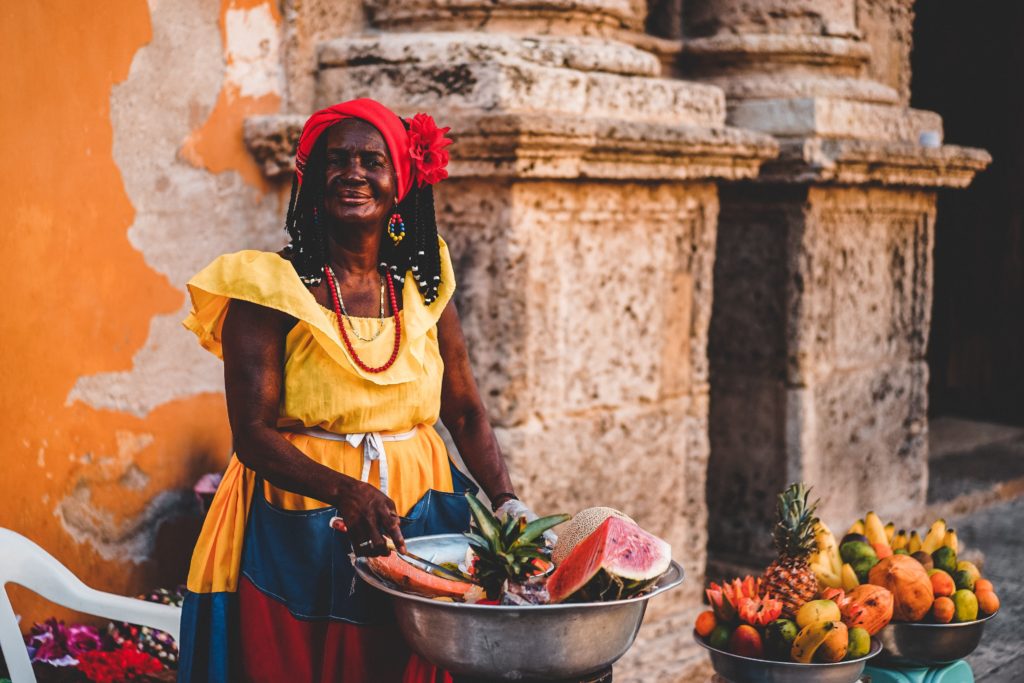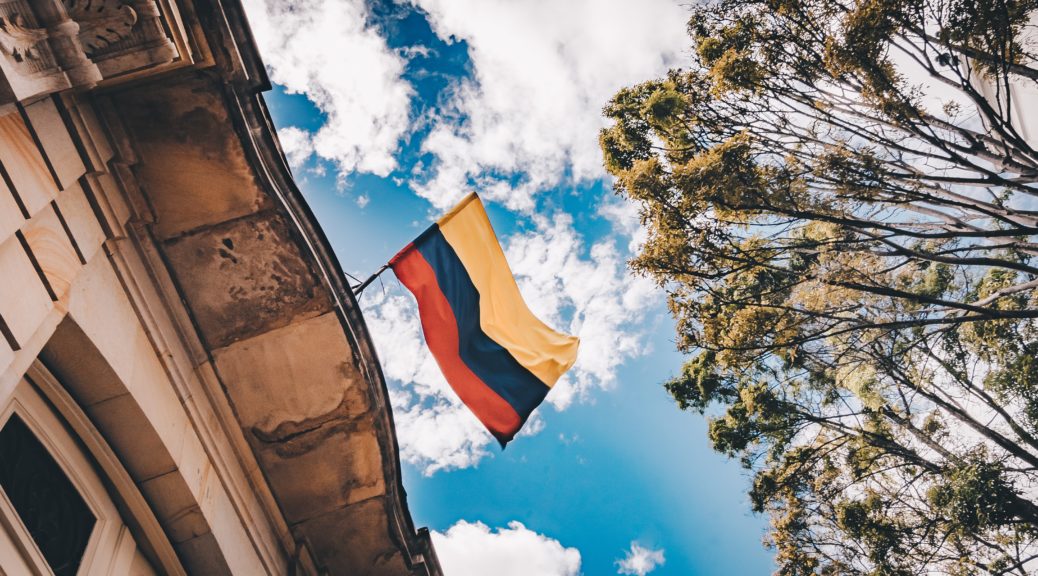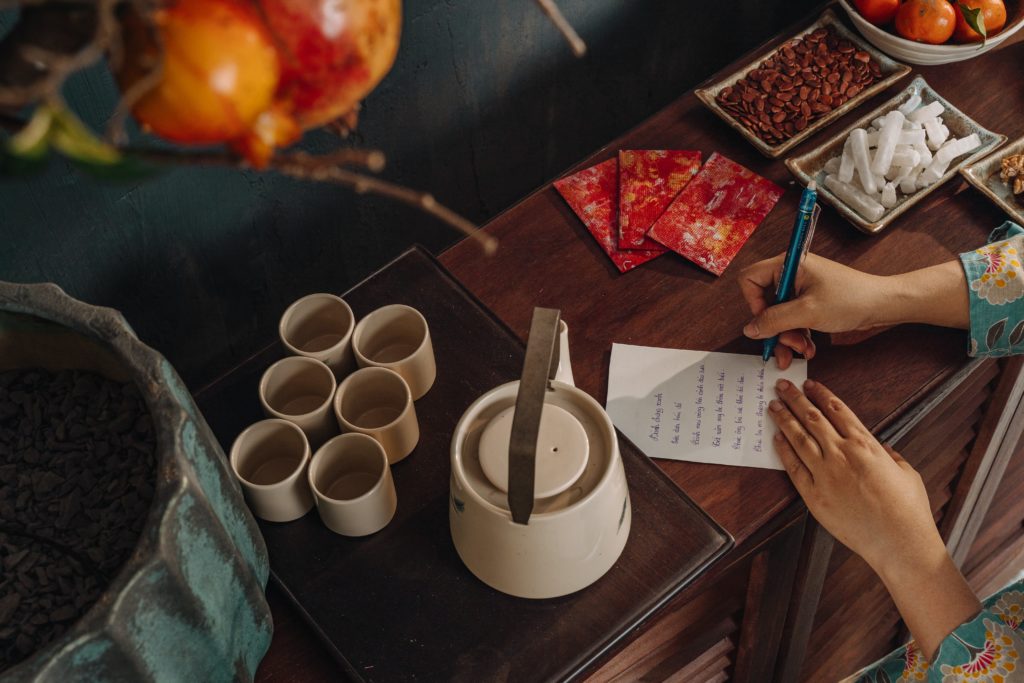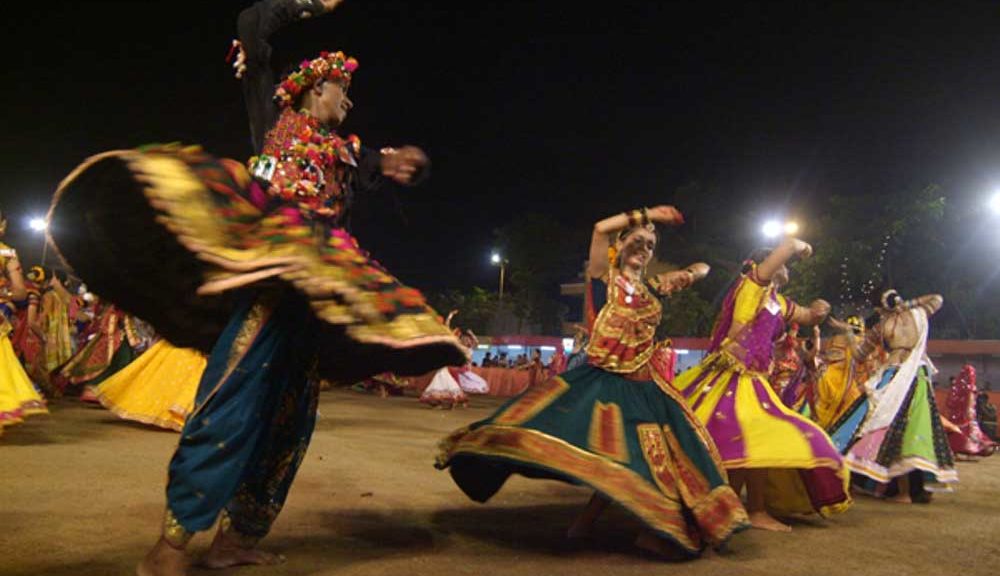By Glenda Palacios Quejada
Edited by Natalie Grace Sipula
[5 minute read]
As a Black woman from Colombia who recently moved to the United States, I was excited when I first heard that Disney would be releasing Encanto, a movie taking place in Colombia. Studying in the U.S., so far from of my country and my language has produced a strong sense of loneliness in me, not only because I cannot frequent the usual places and people I am accustomed to, but also because I feel that I am losing my voice and identity as I try to become immersed in a white-English predominant place. So, to me, Encanto seemed to be the perfect way to reconnect with my country, and to remind myself of home even if just through a screen. Additionally, this movie gave me the opportunity to share this experience with other Latinx students, as I went to the movie theater with a group of women who I have befriended in graduate school.
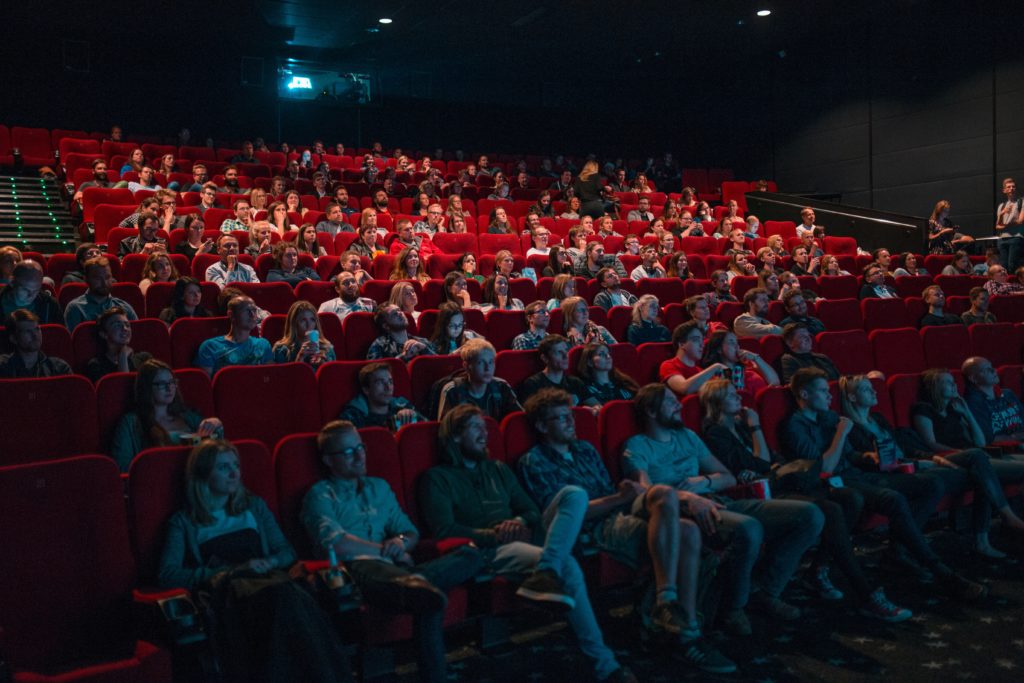
The film began by introducing the hostile imagery of a Colombian family who became victim of armed conflict. Through this you could see the painful representations that are repeated throughout Colombian political history, such as images of women with children in their arms who see their spouses killed as a consequence of the war, or images of entire families who carry their most valuable belongings on their shoulders as they walk the long journey from their home territory to a safe place. Right away, I was impressed that Disney chose to confront this subject matter in a direct way.
Only ten minutes had elapsed before the film began to confuse different geographical, cultural, and historical aspects of Colombian tradition. Among the mountains with coffee plants, tall and leafy palm trees loomed which normally would not be found in these mountainous regions. At community festivals, in a place that seemed to be located in the Andean part of the country, Salsa music prevailed instead of carranga and guasca[1] music; and in exchange for the guitar, a White man played the marimba[2]. The rural people of the Andean zone, instead of wearing a ruana, carriel, and machete, wore summer clothes and sombrero vueltiao. The most shocking inaccuracy was the multiculturalism that the film tried to portray. There was a harmonious multicultural coexistence among the characters in the movie that erased the systemic racial violence that Black people who grew up in the Colombian Andean region, a white-predominant place, are used to. Consequently, I felt frustrated that Disney tried to portray a world with race without racism; it misrepresented and erased tangible and visible racial tensions that constantly subjected Black people to traumatic and painful experiences. Particularly, that magical world denied and hid more than 200 years of slavery and its permanent effects on the modern Colombian society.
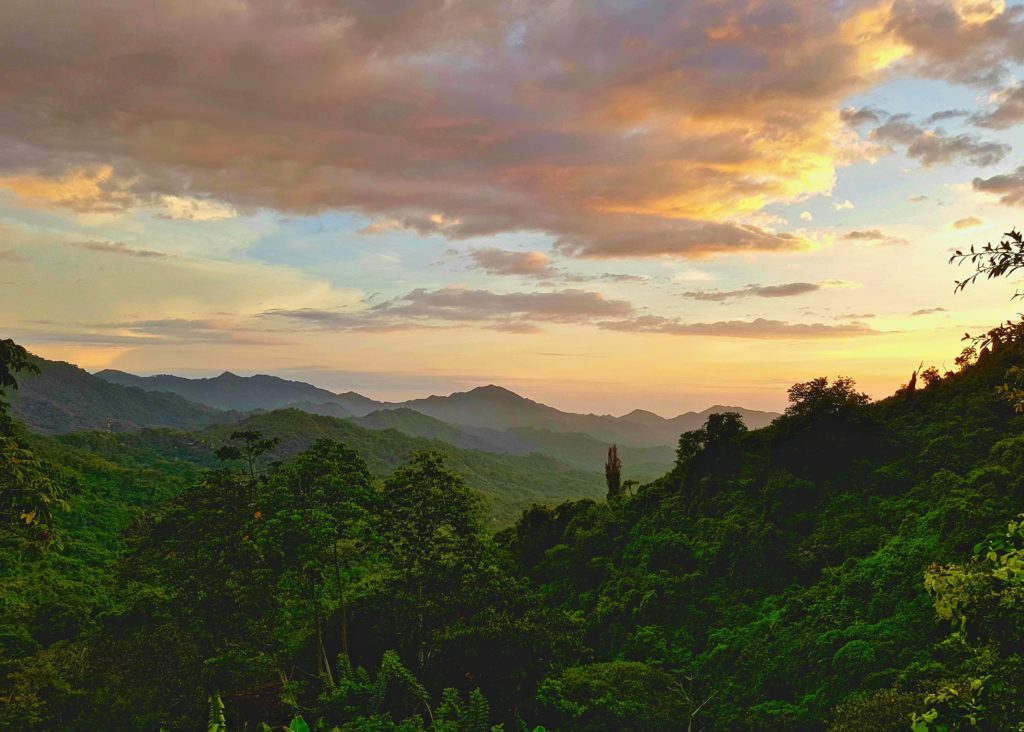
The film had three opportunities to accurately represent situations related to racism in the mountainous areas of Colombia, especially with their three main characters–Matrona Madrigal, Maribel, and Bruno. Firstly, it described the dysfunction that the Madrigal family experienced as the female head of household was deemed as an authoritarian presence. She reminded me of the paisa women I used to see every morning on my way to school. They gathered in the main park drinking coffee after leaving church to lament and criticize the students who got pregnant, the wives who separated from their “brilliant husbands”, or those women who were seen participating in “immoral” sexual acts. Matrona Madrigal also reminded me of those paisa grandmothers who reject their darkest skin grandchildren. These women silence them, deny them gifts, and subject them to accusations and punishments in front of their lighter skin cousins or siblings. Right there, the film had the possibility of enunciating how in white-rural contexts, girls with magic like Mirabel lose their strength due to the internalization of racism and their darker skin tones. This rhetoric makes children like Mirabel believe negative stories about their body, hair, color, and ancestry. Secondly, the film could problematize the role of the uncle who lived hidden. He reminded me of the homosexual rural men who are expelled from their homes because they do not follow the heteronormative and imposed ways of feeling for and loving others. The men like Mirabel’s uncle, despite being excluded, stay in these spaces because the paisa culture, religion and customs comprise a fundamental part of their lives that they are not willing to give up. Thirdly, in the representation of magic, the movie did not highlight how Black and Indigenous communities are stereotyped as witches, sorcerers, and children of the devil in these Andean geographies. The movie had no conflicts with these racist ways of classifying spiritual and ancient ways that are not seen as the norm.
I left the film feeling extremely uncomfortable because I realized that this successful film inaccurately decontextualized race to play into the politically correct idealized world which Disney wishes to portray. This not only ignored long-standing and tangible problems but also recreated them as positive. Another dangerous aspect of these animated films is that they superficially make us believe that they have no impact on the construction of stereotypes, racial prejudices, or other types of bias. But it is quite the opposite. From my experience, this type of film contributes to the discourse of hiding and covering up the existence of racism and racial discrimination, which leads to null or ineffective measures against this structural problem.
